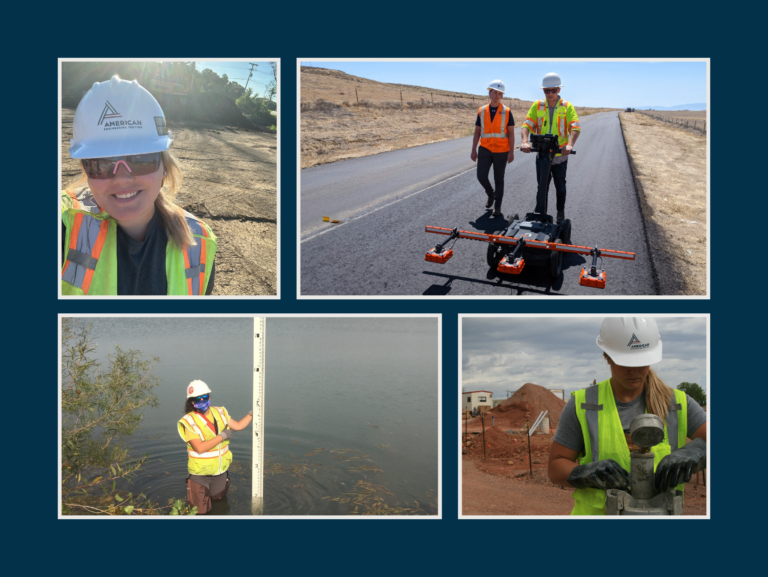With the rental market flourishing, there seems to be a new multi-storied building taking shape around every corner. We gaze in awe at the myriad windows, the trendy facades and the flashy signage. We may be in awe about the number of floors, amenities and parking spots. But what we don’t often think about is this: What would happen to the building if a fire broke out?
Of course, this is something the building’s designers and contractors are thinking about. Per sections of the International Building Code (IBC) that have been in place since 2012, high-rise buildings, as well as other buildings that fall into a certain risk category, require special inspections for fire protection systems known as “firestops.” In 2015, Minnesota adopted these sections of IBC code and promulgated into state law.
As a firm that conducts firestop inspections, we’ve come to realize there’s a lack of understanding with regard to the specifics of the IBC code and how it should be applied. Here are a few things project stakeholders need to know:
The code applies to Risk Category III and IV buildings, too.
For this reason, it’s important to be clear on the definition of each category. The IBC definition lists more than 20 types of buildings between the two categories, including any building with occupancy of 5,000 or more. The list mostly includes public assembly buildings such as schools, assisted living, and health care facilities, as well as emergency shelters, utility and power generating facilities, and hazardous materials storage facilities. Aviation control towers and buildings with critical national defense functions are included, too.
The code specifically references penetration firestops and fire-resistant joint systems.
Both of these systems are used to protect a building against the threat of fire spreading if it were to start. Most firestops call for various types of fireproofing materials, such as barriers, sealants, and even protective duct wraps, to be installed where a prescribed set of conditions exist, which is known as a “detail.” A detail might be where mechanical, electrical or plumbing features penetrate a wall or floor. The manufacturer of the firestop will include specifications as to what type of materials each detail requires and a drawing that shows how to properly install it. These specifications and drawings have been subjected to extensive testing to comply with the Underwriter’s Laboratory requirements; there is no leeway for modifications!
We’ve seen primarily two types of issues with the installation of these:
-
-
- The installation of these systems tends to be quite complex, and many contractors and/or subcontractors lack the training they need to install them as designed. Per IBC, the inspections must be conducted in accordance with ASTM standards. We have generated “Firestop Inspection Checklists” (based on the appropriate ASTMs) that go through each point of the inspection—something project team members may find helpful to review.
- The contractor and/or subcontractors are often unaware that firestop inspections are required after the firestop has been installed. This means the contractor and/or subcontractors may not have verified the type of material that was to be used for each detail or reviewed the manner in which it was to be installed.
-
An improperly installed firestop won’t stop a fire, but it will stop a project.
With the IBC code as part of state law, having a properly installed firestop is non-negotiable on any project that requires them. According to ASTM standards, “any firestop detail that does not comply must be repaired and re-inspected.” Once the repaired detail passes inspection, a similar detail at another location must also be inspected to make sure it, too, was installed correctly. This doubling of inspection frequency can significantly increase project delays and costs. Installing a firestop correctly (i.e., to ASTM standards) the first time is critical to keeping a project on track.
Dick La Fond, PE, is a principal engineer at AET. He can be reached at dlafond@amengtest.com.
Read more from our building forensics team here!
Learn about our Building Technology and Forensic Engineering services.


